Table of Contents
It’s never been more important to use high-quality professional photography to promote your e-commerce products.
As the saying goes, beauty is in the eye of the beholder. That’s why the product images you use must broadly appeal to your target audience.
Our brains process images 60,000 times faster than text, and 90% of the information transmitted to the brain is visual. These statistics should make businesses reconsider how they present themselves.
It’s clear that promoting your products with high-quality, accurate, engaging imagery is vital to the future success of your ecommerce website.
Using various professionally created photographic content, from flat lays and detail shots to group photos and lifestyle images, will positively impact your brand perception and significantly increase conversion rates.
In this article, we’ll explore the different types of product photography you can use in e-commerce and share best practices to maximize the impact of your product photos.
Let’s get started!
How does product photography affect business?
Product photography can make or break an ecommerce business, and here’s why:
1. The importance of first impressions
Many of us grew up learning that first impressions are essential, whether we’re going on a first date or attending a job interview. Indeed, first impressions are so incredibly important because they last well beyond that initial moment.
If you experience a sequence of events, experiences, or images, you’ll probably remember the first ones best. In fact, there’s a name for this: it’s called the “primary effect.”
2. Positive momentum
A fantastic image can not only make a lasting first impression but can also give you positive momentum.
Your potential customer, impressed by the first image(s) they see, is encouraged to browse more pages on your website. If all your product images are of equally high quality, then the second and third impressions will be just as strong as the initial ones.
Many ecommerce stores have only one shot at capturing business from a first-time browser. Still, if they can generate positive momentum, they’ll have a much better chance of converting that browser into a customer.
3. It’s all about the visuals
Most of us want to see a product before we consider buying it—that means we eye people’s plates at a restaurant to see how tasty and big their meals look, and peer into shop windows to check out the latest fashion designs. And it’s certainly no different with online shopping.
According to statistics, many consumers consider visual content to be the key deciding factor in their purchase decisions.
4. Selling the reality
We live in a world where much of what we see or hear is manipulated, unreliable, or fake.
When it comes to online stores, customers want a clear, accurate image of what they will receive. We want to be sold the reality. And we definitely don’t want any unpleasant surprises when we open a package!
If your customer buys a product based on one of your product photos and what they unpack is exactly what they saw online, they’ll not only be satisfied, but they’ll also trust you.
5. Professional product photography says you’re professional
It’s a simple fact that professional photography leads to the impression that something is more professional.
A simple example is sports photography. Think of how professional a professional sports image of a professional sports match looks! Then compare it to an image a fan in the stadium might take: there’s no comparison!
The same thing applies to the images your ecommerce brand uses to sell its products: the more professional your product photos are, taken with the right photography camera, the more professional your business appears to the outside world.
6. Who are you?
Is your business formal and corporate? Fun and quirky? The images you use help define who you are and craft your brand identity.
When choosing images, keep your brand’s look and feel in mind—you want your photos to contribute to a cohesive overall experience.
7. Getting to know you
While your images help you create a brand identity, they also enable others to get to know the real you.
It’s mindboggling that many corporate businesses still use boring stock images on their websites and marketing. What does this say about who they really are? Nothing?
Even worse, it might suggest that they lack personality and are unable to use more genuine images. This is not the message any business wants to send!
Remember, in today’s online landscape, customers want to connect with brands on a deep level, not just buy from them.
8. Authenticity
In a world often dominated by homogeneity, people (and brands) who are authentic stand out from the crowd. The product photos you use can help define this authenticity!
For example, get creative with photos and designs for all-over-print products that are different and show your level of authenticity, pushing your branding to the next level.
9. Engagement that sells
Any ecommerce business that engages its social media community again and again is likely to get ahead of the competition.
Excellent, eye-catching imagery leads to likes and shares. Shared content, in turn, leads to a larger following, more traffic to your store, brand building, and—ultimately—increased sales.
8 types of product photography
Now that we’ve discussed the importance of good product photography, it’s time to get specific.
There are many different types of product photography at the disposal of ecommerce businesses that want to stand out from the crowd using imagery, and it’s up to you to choose which types will work best for your brand.
So, without further ado, here are the 8 types of product photography every ecommerce store needs:
1. Lifestyle photography

Lifestyle photos give the potential customer a sense of how a product will impact their life. Therefore, the image should reflect the real-world use of that product.
In other words, a garden tool lifestyle photo might show the tool being used in a backyard garden. The observer can easily understand and imagine what using a particular product will look and feel like in real-world situations.
Lifestyle shots that look or feel too staged or cheesy won’t help you connect with your audience. So shoot for authenticity!
2. Studio image shots
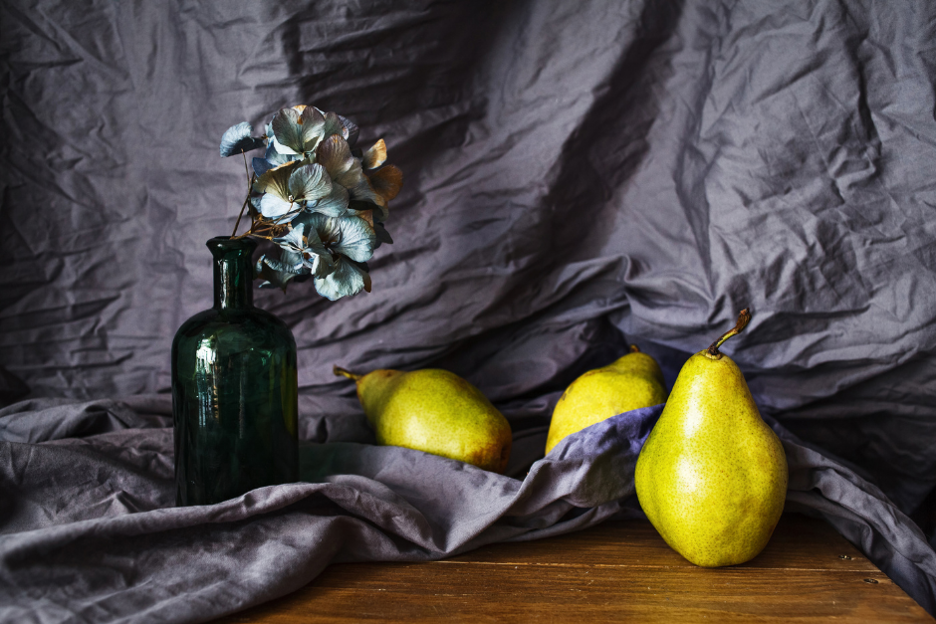
If you want to present your product clearly, simply, and attractively to the outside world, then studio photography is often the way to go.
These types of product photos are all about clarity, and they’re typically used for product and catalog pages. There’s no hiding the truth in simple studio product shots: what you see should be exactly what you get.
Typically, backgrounds are plain and take nothing away from the product on display, although some daring brands incorporate their brand identity with more creative backgrounds.
3. Scale and detail shots
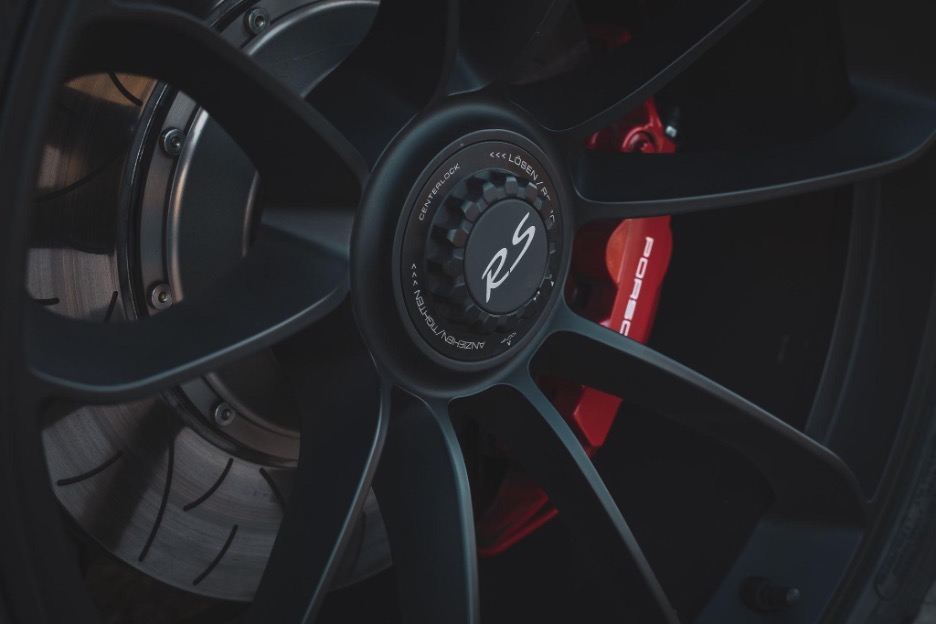
In the online world, it’s not always easy to appreciate how big or small a product is from its description or dimensions. For this reason, a scale shot helps the customer to get a better sense of this.
How big will it look on my table? Will it fit my niece? Scale shots should clarify these concerns.
A detail shot shows the finer details or specific features, helping the potential end-user fully understand what that product looks like up close.
4. Group shots

With many products sold in multiples, in combination with other products, or in variations such as different colors, sizes, and finishes, group photography can help the customer to fully appreciate all these factors in a way that is practically impossible from a technical description or review.
5. Process shots
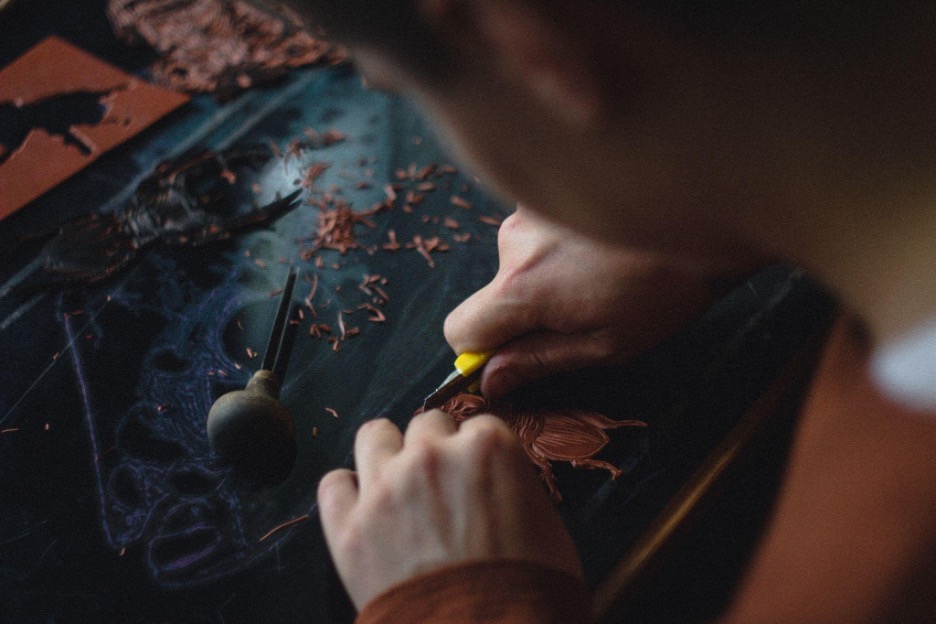
A lot of high-quality workmanship goes into creating premium products. This sets them apart from cheap imitations.
Any brand selling high-quality items should consider using social media process shots to help customers understand the workmanship behind their goods.
Professional images of qualified tradespeople creating products can be priceless for your brand and its relationship with customers.
6. Packaging shots
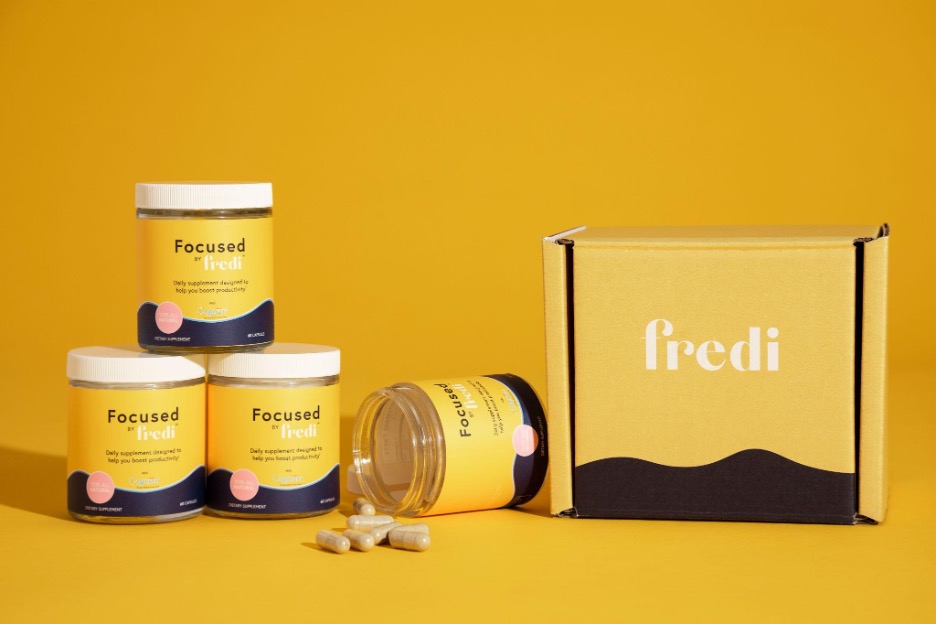
Product packaging is a very important aspect of ecommerce. Since products are delivered to customers’ homes, it’s essential that the packaging fully protects the contents. Ideally, the packaging will also sell the brand.
Well-done packaging shots will convey the company’s branding and reinforce the customer’s sense that they will receive exactly what they ordered in full working order.
7. Flat lays

A flat lay is a product image shot directly from above. Flat lay images are especially popular when it comes to fashion and accessory photography. This minimalist staging is eye-catching, and it’s also particularly well suited to websites.
Flat lays are also widely used in food photography, where natural lighting can create dramatic effects and enhance the visual appeal of the food.
8. Individual shots
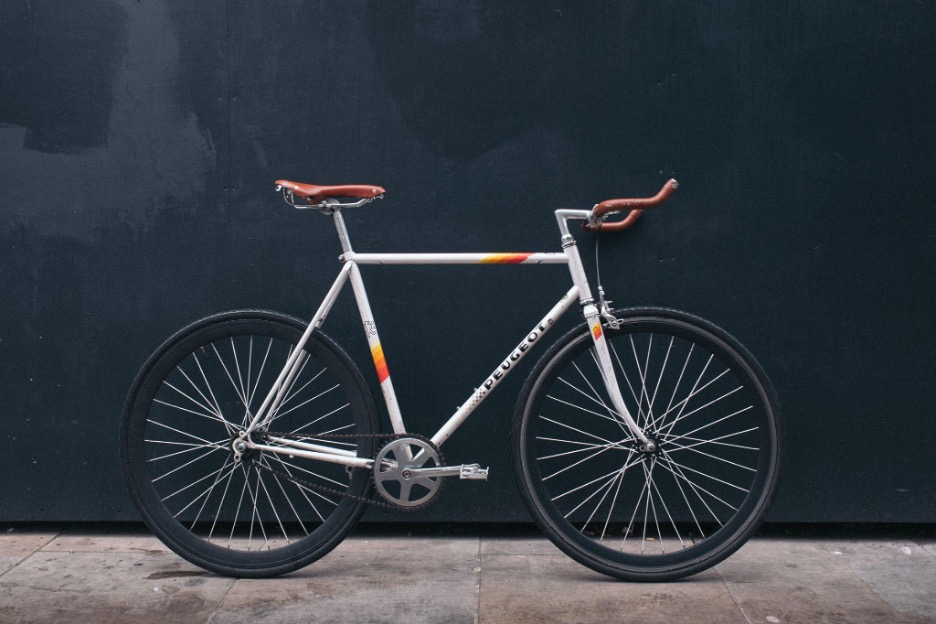
As the name suggests, an individual shot will only have one object being photographed (or one individual wearing an item).
You’ll often see this kind of photograph used for banner images. Individual shots are also used for catalogs and on website product pages.
8 best practices to maximize the impact of your product photos
Maximizing the impact of your product photos involves more than just snapping pictures. Here are some best practices to ensure your images truly stand out:
1. Use high-quality equipment
Invest in a good camera and lighting setup. High-resolution images are crucial for showcasing product details and ensuring the photos look professional across different devices and platforms.
Additionally, setting the correct white balance to match the Kelvin temperature of your studio lights is essential for achieving professional product photography results.
2. Focus on lighting
Good lighting is essential. Natural light is great, but if that’s not an option, use softbox lights or ring lights to eliminate shadows and highlight the product’s features.
3. Consistent backgrounds
Use a consistent background to keep the focus on the product. A neutral or white background works best for a clean, professional look. This also makes your images easier to edit and ensures they fit seamlessly into your website.
4. Show multiple angles
Photograph your products from multiple angles to give customers a comprehensive view. Include close-ups of important features or unique details that set your product apart.
5. Incorporate lifestyle shots
Lifestyle photography shows your product in use, helping customers envision it in their own lives. These images add context and emotional appeal, making the product more relatable and desirable.
6. Edit with care
Post-processing is where you can enhance your images, but avoid over-editing. Adjust brightness, contrast, and color balance to make your product look its best while keeping the image realistic.
7. Use 360-degree views
If possible, incorporate 360-degree photos. These interactive images allow customers to see the product from every angle, providing a more immersive shopping experience.
8. Optimize for web
Ensure your images are optimized for fast loading times without compromising quality. Compress images appropriately and use the correct file formats to balance quality and performance.
Wrapping up
People remember more of what they see than what they read, and our brains process images thousands of times faster than text. This makes using product images to sell your brand a central part of your marketing strategy!
Professional product photography tells the outside world who you are. These photos are your opportunity to make an unforgettable first impression.
Product photography allows us to tell authentic, powerful brand stories. In a world where social media engagement is so important, using the correct kinds of product images will go a long way.
If you’re struggling with a limited budget and looking to cut costs, your content is not the place to do it. Sure, you could write content and take “OK” images yourself, but your online store needs top-notch written content and beautiful professional product photos that engage and sell.
Since every individual product requires an approach that best showcases its features and unique personality, it’s up to you to decide which of the many types of product photography for ecommerce described above best suits your needs!
About the author
Filip Nikoloski is Partnership Specialist at Printify. Printify is a transparent print-on-demand and dropshipping platform designed to help online merchants make more money in a simple and easy way.
Migration has never been easier
We made switching a no-brainer with our free, white-glove onboarding service so you can get started in the blink of an eye.

What should you do next?
Thanks for reading till the end. Here are 4 ways we can help you grow your business:
Boost conversions with proven use cases
Explore our Use Case Library, filled with actionable personalization examples and step-by-step guides to unlock your website's full potential. Check out Use Case Library
Create a free OptiMonk account
Create a free OptiMonk account and easily get started with popups and conversion rate optimization. Get OptiMonk free
Get advice from a CRO expert
Schedule a personalized discovery call with one of our experts to explore how OptiMonk can help you grow your business. Book a demo
Join our weekly newsletter
Real CRO insights & marketing tips. No fluff. Straight to your inbox. Subscribe now
- Posted in
- Ecommerce
Partner with us
- © OptiMonk. All rights reserved!
- Terms of Use
- Privacy Policy
- Cookie Policy
Product updates: January Release 2025








